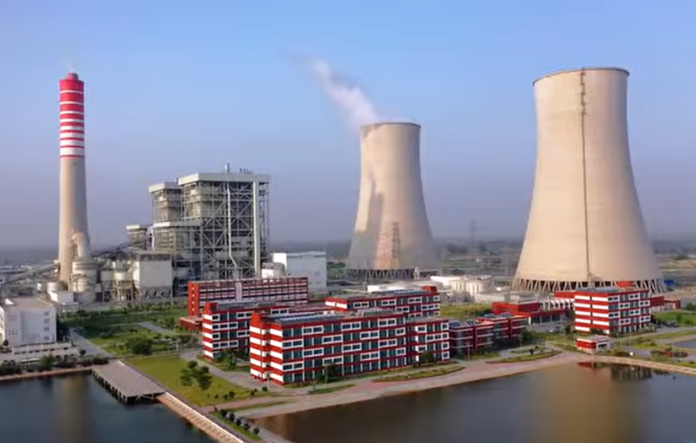Pakistan’s Independent System and Market Operator (ISMO) has released a revised Economic Merit Order (EMO) for the country’s power sector, shedding light on the increasing costs of electricity generation, according to a news report.
According to the new EMO, plants producing power from high-cost fuels such as HSD (High-Speed Diesel) and RLNG (Regasified Liquefied Natural Gas) are driving up the country’s electricity prices.
The updated EMO, issued in collaboration with the Central Power Purchasing Agency (CPPA-G), focuses on optimising electricity dispatch based on real-time fuel prices and assuming ideal plant performance. While the merit order prioritises cheaper plants for dispatch, real-world conditions such as outdated fuel stock positions, limited gas supply contracts, and strict dispatch clauses often complicate the actual implementation.
According to the updated merit order, the lowest-cost power plant is the Uch-I, which generates electricity at Rs3.11 per kWh. Other relatively inexpensive plants include Liberty Power, producing electricity at Rs5.12 per kWh, and Thar Coal Block-I at Rs5.52 per kWh. On the other hand, gas-based plants like the 747 MW Guddu Combined Cycle plant produce power at Rs9.66 per kWh, with other plants like Foundation Power and Engro Powergen Qadirpur falling within the Rs10-12 per kWh range.
However, the most expensive electricity is generated by plants running on high-speed diesel, with Engro Powergen Qadirpur topping the list at an extraordinary Rs72.85 per kWh. Other high-cost plants include Orient Power and Halmore Power, which operate in the range of Rs58 per kWh.
The report also highlights that fuel-related costs have a significant impact on Pakistan’s overall power pricing, with certain plants being pushed into the higher-cost categories due to the fuel they rely on. The rise in fuel prices, particularly for RLNG and HSD, continues to strain the power sector, even as the country seeks to address its energy deficit.
The revised EMO underscores the challenge Pakistan faces in reducing its energy generation costs, while also emphasizing the need for fuel diversification and strategic long-term planning to stabilize electricity prices for consumers.




